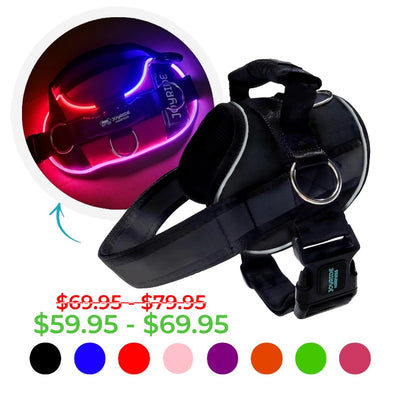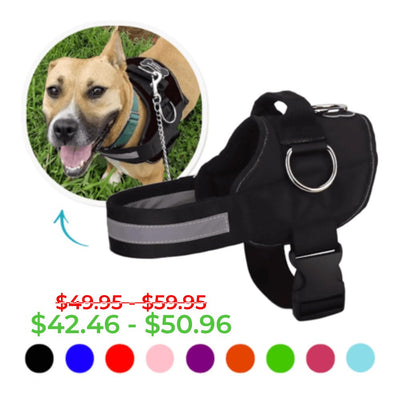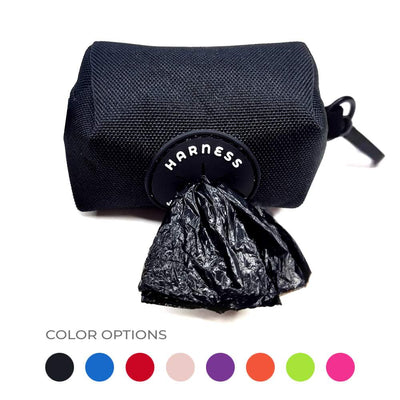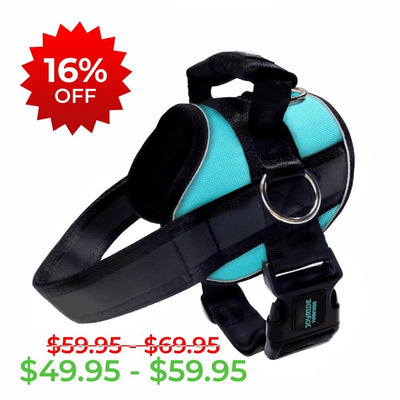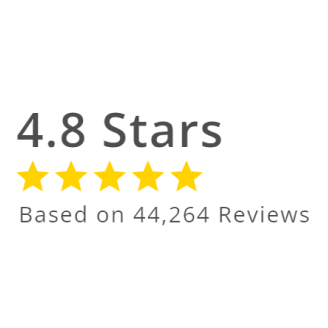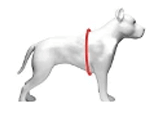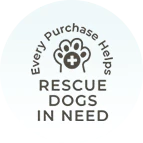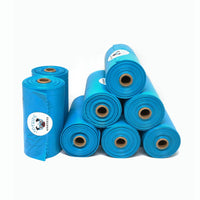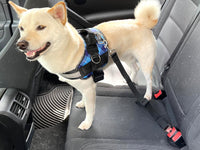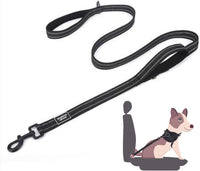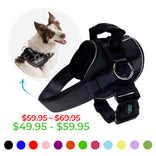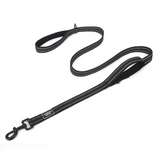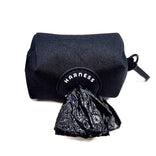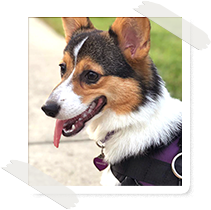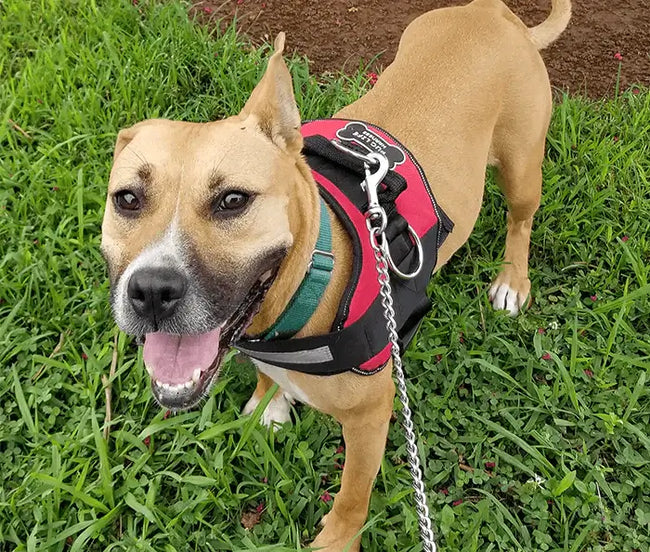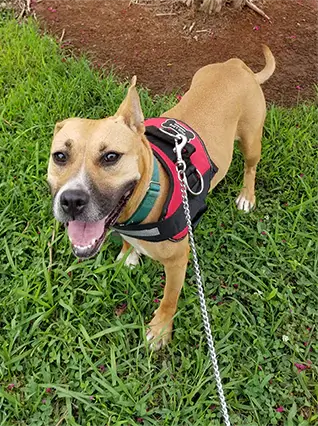What Should My Dog's Poop Look Like?
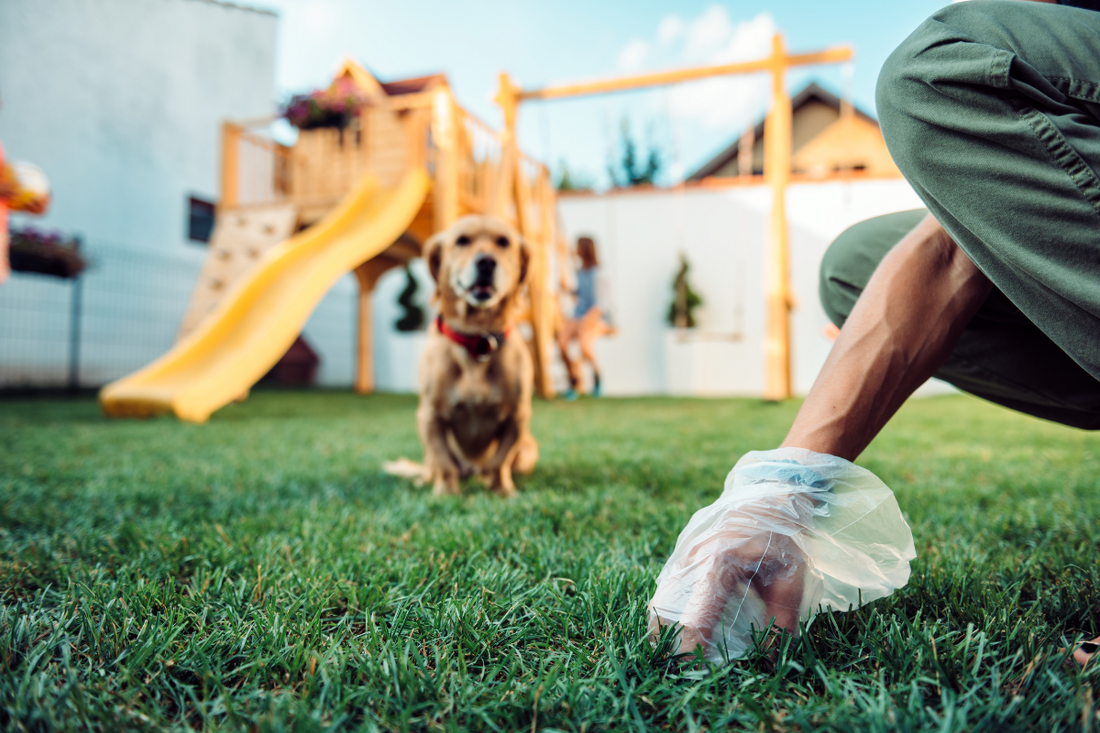
No one signs up for dog parenting because of the poop bags. And yet, every day, there you are—following behind your pup, bag in hand, ready to scoop.
Gross? Maybe. But here’s the thing: that daily routine is also one of your best tools for keeping your dog healthy.
Your dog’s poop is like a health report. And you don’t need a vet degree to understand it. You just need to know what to look for, what’s normal, and when it’s time to take action.
Let’s break it down in plain English—no shame, no fluff—just what every dog parent should know.
Why Your Dog’s Poop Is a Window Into Their Health

It sounds strange, but poop is one of the first things to change when something’s off in your dog’s body. Digestion touches everything—hydration, nutrition, stress, and more. So when the poop changes, it’s often your first clue.
Paying attention doesn’t mean obsessing. It means noticing what’s typical for your dog, so you can spot the unusual before it becomes a bigger problem.
What Does Normal Dog Poop Look Like?
Most healthy dogs produce poop that’s firm, moist, log-shaped, and chocolate brown. You should be able to pick it up easily without it crumbling or squishing like soft-serve. If that’s what you see every day, your dog’s digestive system is likely doing just fine.
But every dog is different. What's “normal” for your friend’s Great Dane might look different from what’s normal for your Corgi. That’s why it’s important to tune into your own dog’s patterns.
When Poop Tells You Something’s Off
Let’s say your dog’s poop suddenly looks weird—or smells worse than usual (yes, it’s possible). That doesn’t automatically mean something’s wrong, but it might be a clue. Here's how to make sense of those changes.
Unusual Color?
Color changes can be caused by food, but they can also point to internal issues. Yellow or orange poop might mean something’s up with the liver. Black or tarry stool can signal bleeding higher in the digestive tract. Red streaks? That could mean irritation or bleeding near the end of the line.
Basically: poop shouldn't be rainbow-colored. If you see something odd for more than a day or two, check with your vet.
Too Hard or Too Soft?
Hard, dry poop can point to dehydration or lack of fiber. On the other end, soft or loose poop (especially if it’s recurring) could suggest stress, poor digestion, food intolerance, or even parasites.
One-off soft poops? Probably no big deal. A week of mushy messes? Worth a call.
What Else Can You Learn From Poop?

Here’s where the value really kicks in for dog parents. Looking at your dog’s poop over time can help you:
1. Catch Dehydration Early
Dry, crumbly poop is one of the first signs your dog isn’t getting enough water. Especially in hot weather or after exercise, it’s worth noticing.
2. Spot Food Sensitivities
If you recently switched dog food or introduced new treats and suddenly notice changes in your dog’s stool, their gut might be protesting. Transition slowly and monitor how their body responds.
3. Track Stress Reactions
Dogs who are nervous (think: vet visits, guests, new environments) may experience stress-related diarrhea. Keeping a poop journal—yep, it’s a thing—can help you identify those patterns.
4. Identify Serious Issues Early
Poop that contains mucus, blood, worms, or undigested food can point to something deeper. It doesn’t mean you panic—but it does mean you act.
So... Should You Be Inspecting Every Poop?

No, you don’t have to get up close with every bathroom break. But building a habit of glancing at the color, shape, and texture when you scoop? That’s smart dog parenting.
It’s like checking the oil in your car. Quick, easy, and potentially a lifesaver if something’s off. But you can check out the following:
-
One weird poop? Probably fine—monitor and keep an eye out.
-
Weird for more than two days? Call your vet.
-
Blood, worms, or extreme diarrhea? Don’t wait—get help now.
And if your dog seems tired, isn’t eating, or is throwing up too? That’s your cue to skip the “wait and see” stage and head straight to the vet.
Your dog’s poop can tell you if they’re hydrated, digesting properly, or handling stress. And that info? That’s gold for anyone who wants to give their pup the best care possible.
At Joyride, we’re obsessed with dogs living their best lives. That means helping you navigate the messy stuff, too—like digestion, routines, and yes, poop talk.
So next time you're out walking your dog (with their Joyride Harness, of course) and they stop to do their thing, take a second look. Your pup might be telling you something important.

